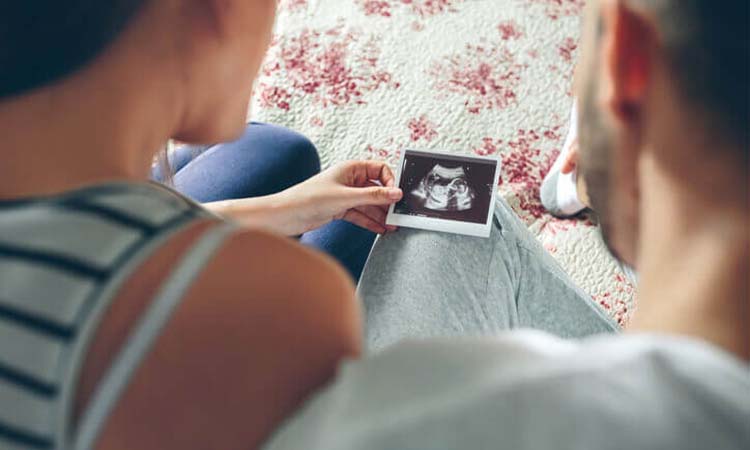What’s Laparoscopy?
Laparoscopy is also known as keyhole surgery is a minimally invasive surgery done to check problems in the tummy or a woman’s reproductive system. With the help of Laparoscopic surgery, the croaker can diagnose different medical conditions and take a sample of towel for testing ( vivisection).
In Laparoscopic surgery, a thin tube known as a Laparoscope is fitted in the tummy via a small gash made through the skin. A camera is attached to this tube, which allows the surgeon to look inside the case’s body without any major process. The laparoscope allows the surgeon to look at the outside of the case’s-uterus, fallopian tubes, ovaries, stomach, gallbladder, pancreas, spleen, and liver and if the surgeon finds any abnormalities in the organs, they operate on them by attaching a surgical instrument to the laparoscope.
Generally, Laparoscopy is a safe procedure with some minor complications.
Why is Laparoscopy for gravidity done?
Your croaker might suggest you get laparoscopic surgery done to diagnose the cause of gravidity. Generally, Laparoscopy is performed only after all other gravidity assessments are done, like-ultrasound, checking for ovulation, ovarian reserve, and manly-semen analysis. It’s also done if there are symptoms that bear laparoscopic testing.
Your croaker might recommend you a Laparoscopy to check for factors that could be the reason behind gravidity, like-
Blocked fallopian tubes-If the fallopian tubes are blocked or damaged, it makes it delicate for an egg to get fertilized with sperm or help an embryo from traveling to the uterus.
Problems with Ovulation-Ovulation problems are frequently caused by PCOS. Similar problems make it delicate for generality as the eggs are available in a lower volume.
Uterine Fibroids-Fibroids are excrescences that grow in or on the wall of the uterus. Women who are in their 30s and 40s generally face this problem. Fibroids affect the functioning of the ovaries, fallopian tubes, and uterus.
Ectopic gestation-Ectopic gestation is a situation, in which the fertilized egg implants itself outside of the uterus (most presumably in the fallopian tube). When this happens, it isn’t possible to move further with the gestation.
Endometriosis-Endometriosis is a situation, in which the towel lining present inside the uterus grows outside of it. Endometriosis is painful and also affects the functions of the ovaries, fallopian tubes, and uterus. It could block the fallopian tubes, or the ovaries, therefore precluding them from releasing eggs.
Pelvic Factor Gravidity-Pelvic plant gravidity is a problem, in which a woman is unfit to conceive due to a problem in her pelvis. They’re caused due to a history of-scar towel from severe pelvic infection, injuries or surgeries, or a ruptured excursus.
In rare cases, Ovarian Excrescencies can also beget gravidity, and via Laparoscopy, these excrescencies can be removed.
What’s the procedure of Laparoscopy?
Laparoscopy can be either individual or functional. Individual Laparoscopy takes lower time and is done to only diagnose the cause of gravidity. Functional Laparoscopy takes longer, in this the problem plant is incontinently treated.
Before beginning with Laparoscopy, you’ll be given general anesthesia. Once anesthesia comes in effect, the croaker will fill your tummy with carbon dioxide gas, which will lift the abdominal wall and give room for proper examination of reproductive organs during the opinion and operation (if necessary).
Once carbon dioxide has been placed, a laparoscope will be fitted into your tummy through the belly button. A Laparoscope is a thin tube with a camera attached to it. The inside of the tummy is displayed on a examiner, which allows the croaker to look inside the tummy without any major procedure.
In case any abnormalities are plant, fresh instruments will be fitted into your tummy with the help of 2-3 small lacerations generally made around the pubic area. And on with the laparoscope, the treatment will be performed.
In case of gravidity, the croaker will nearly estimate the reproductive organs and also look for fibroids, endometriosis, ovarian excrescencies, and pelvic adhesions, which might be stopping the women from conceiving. The croaker might take a small towel sample ( vivisection) for farther evaluation.
Once the operation is done, the croaker will use aches to close the lacerations, leaving before, none or minimum scarring.
What are the pitfalls involved in Laparoscopy?
Laparoscopy is a minimally invasive surgery, but like any other surgery, it also has some implicit pitfalls and complications. They are-
Bladder infection
Conformation of adhesions
Hematomas ( swelling due to blood outside a vessel)
Lump, pain, or itching at the gash point
Blood clotting
Whim-whams damage
Urine retention
Damage to organs present in the tummy
Antipathetic response



